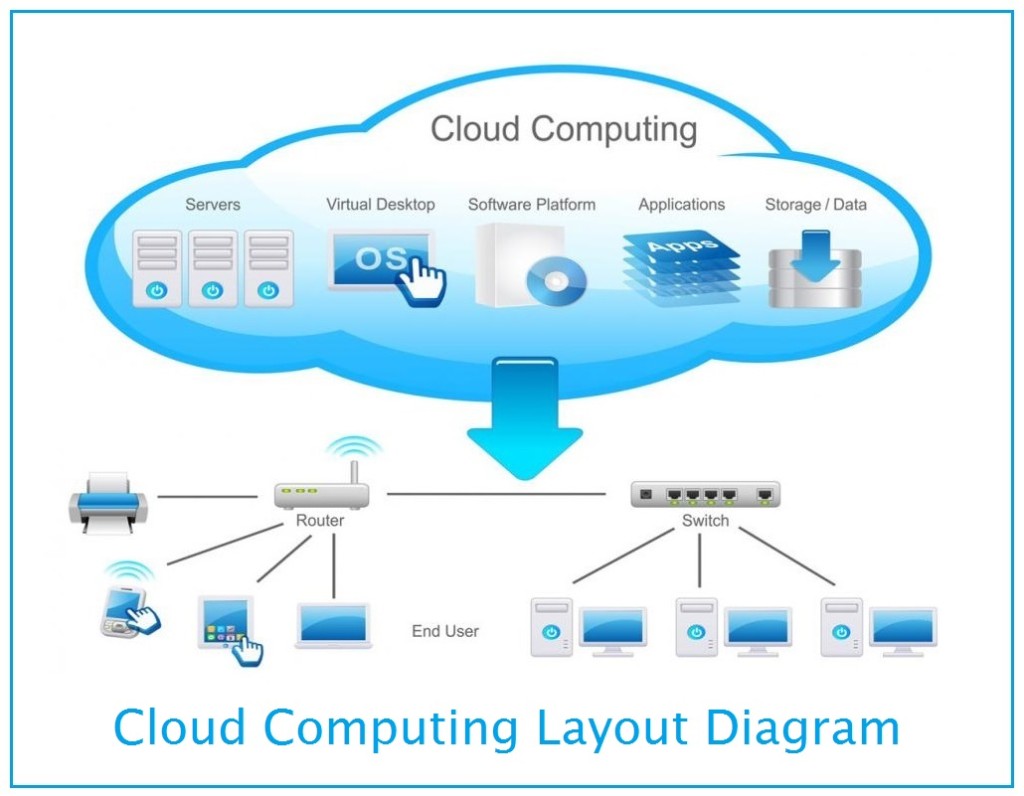What is cloud?
Cloud is a simple memory part that offer computing techniques and services to the users over an Internet. Actually, the full name f this service is cloud computing that also referred as “Cloud”. It always works with on demand services to the users based on payment. If you compare with the services of cloud computing with other techniques, Cloud computing deals with several service centers and data centers when the user want to contact with particular data, it provide information about those required things properly.
Benefits of Cloud computing:
1. Elastic resources available for low cost.
2. Easy and quick learning tools work well.
3. When you want to particular resource, pay for that resource and utilize them.
4. Best self services offer with limited cost.
5. IT companies get more benefits through quick scale up and down services of cloud computing.
Major Cloud computing services:
1. Software as a service (SaaS):
Cloud has number of softwares those can run on several devices with proper communication between the computers and the services of cloud. Computers have to deal with cloud services via internet and web browsers. It offers low cost of software to the software developers and users. Network users and small or large IT companies can buy one software and use that software in huge number of systems through the proper utilization of cloud services in software.
2. Platform as a service (PaaS):
Platform as a service provides different things of platforms those services useful to the small and high complexity networks. It manages several things of companies and networks like hardware, software, hosting services and etc. Cloud application offer several techniques to the users.
3. Infrastructure as a service (IaaS):
Infrastructure only deals with the servers, networking, storage media, data centers, cloud space and etc. Everything only work based on payments and requirements of users.
Major Cloud Computing Deployment Models:
Public cloud:
Public cloud deals with several types of companies those can access common hardware, software and other types of resources from particular cloud. All users no need to purchase each thing but just buy the services of public cloud and utilize them properly. Number of provides offer the public clouds so, anyone can use this service through contact cloud providers.
Private cloud:
Private cloud is a simple cloud service that owned by single company that may be large. Private cloud offers several services to the users for automate the services with virtual environment techniques and resources. Private cloud is efficient for a large sector.
Hybrid cloud:
A hybrid cloud offer combine features of both private cloud and public clouds. Majorly some of the companies need both clouds but they can’t occupy single type of cloud for long time so, to store the personal information the large companies use the private clouds. To share the software an hardware resources, public cloud useful to the users.
IBM Smart Cloud:
IBM Smart Cloud implemented with smart services along with fundamental innovation techniques to build proper secure services of private, public and hybrid clouds.

Leave a Reply